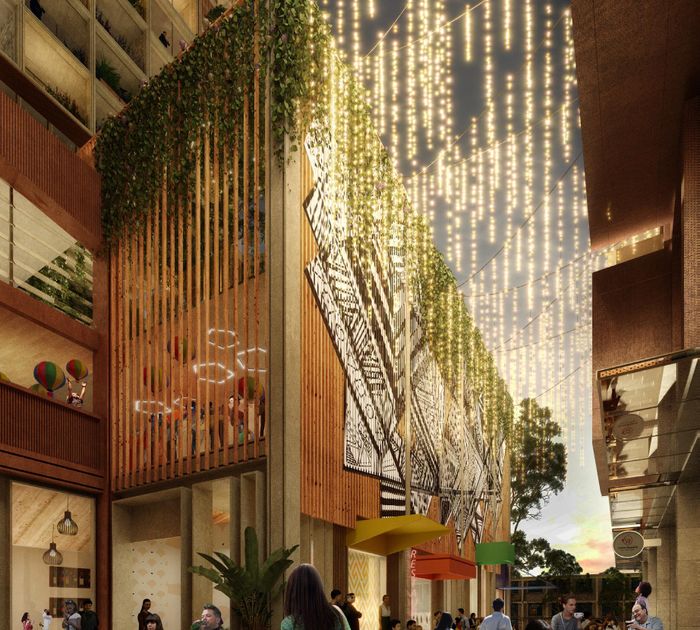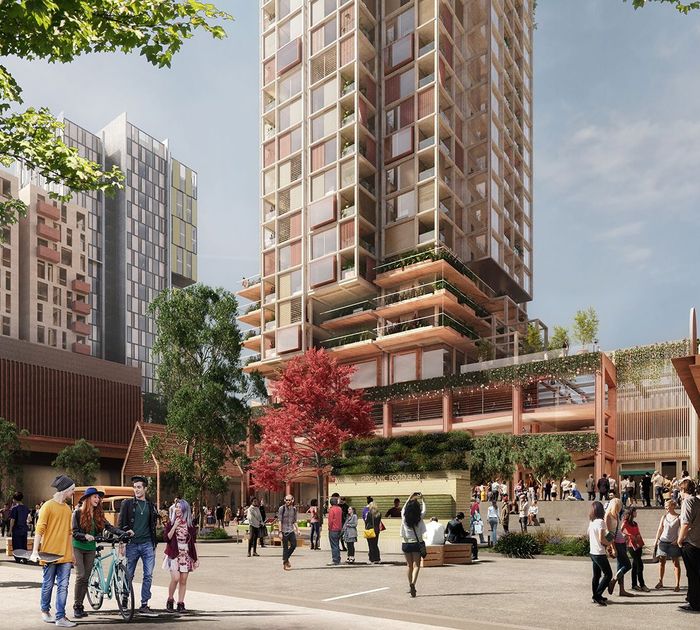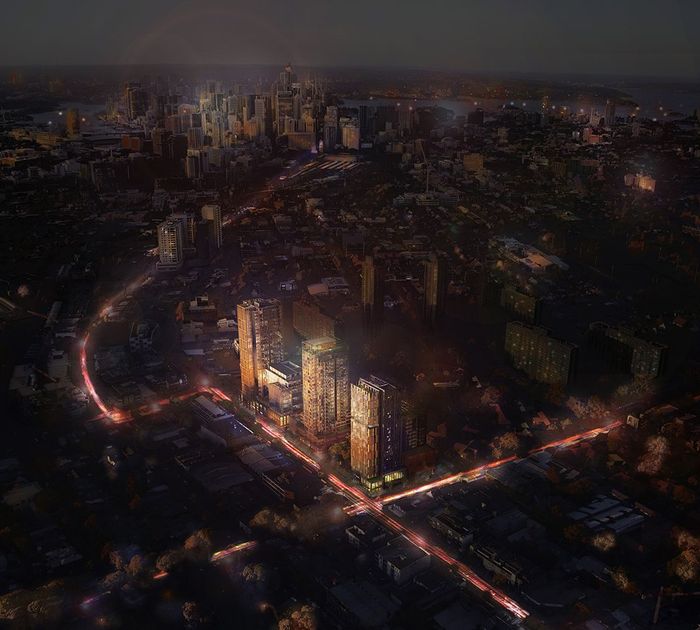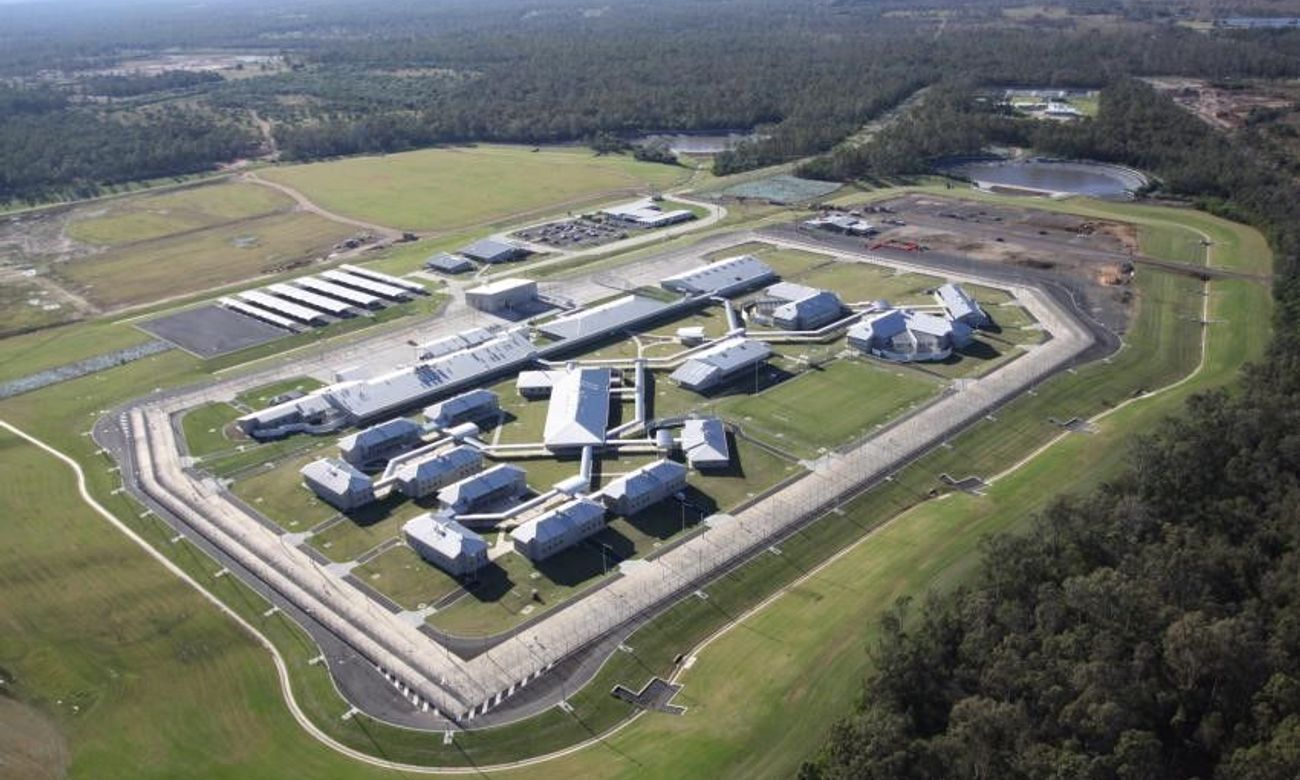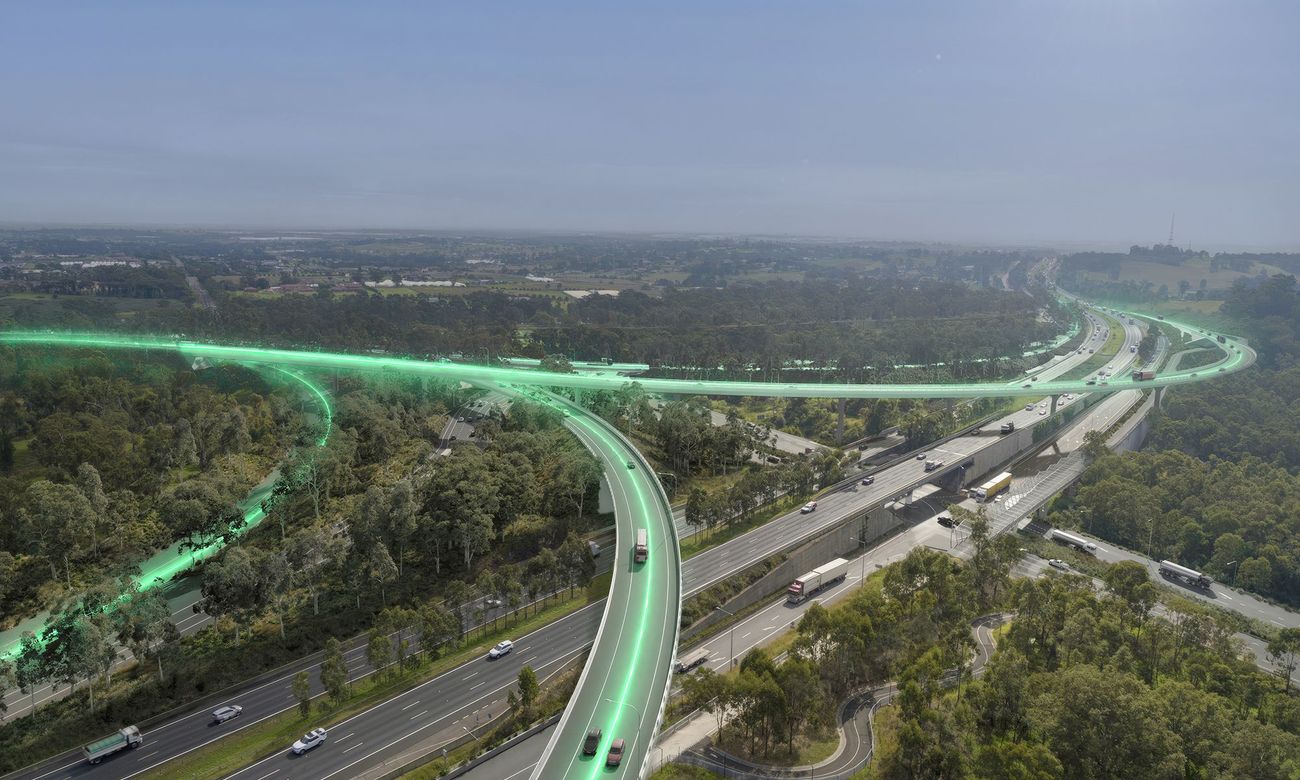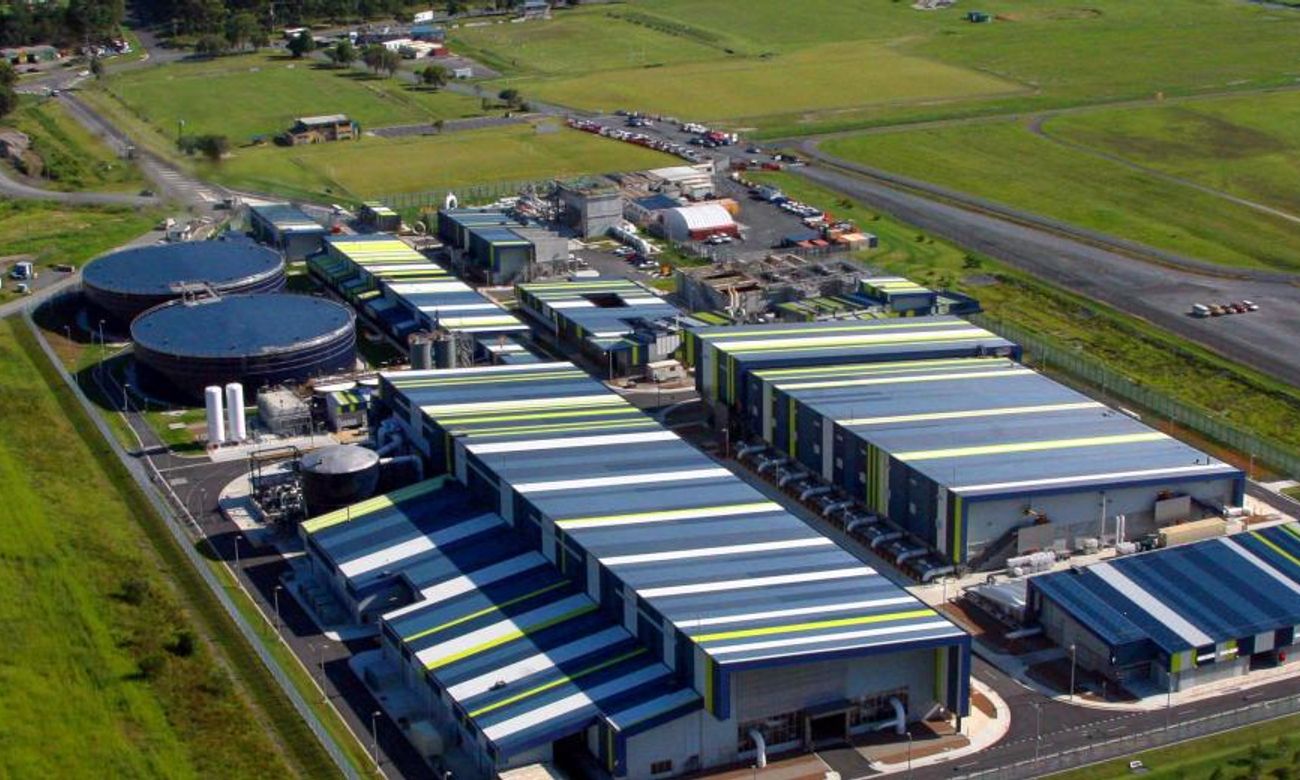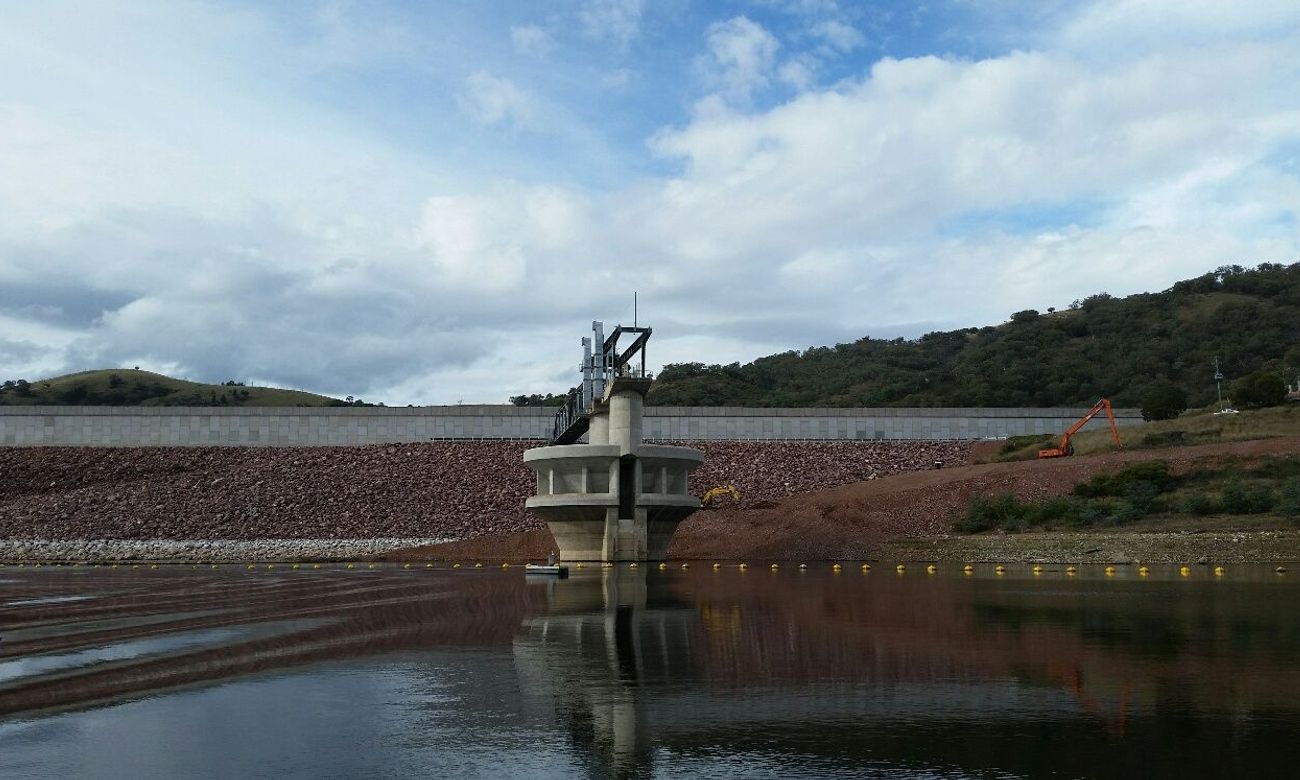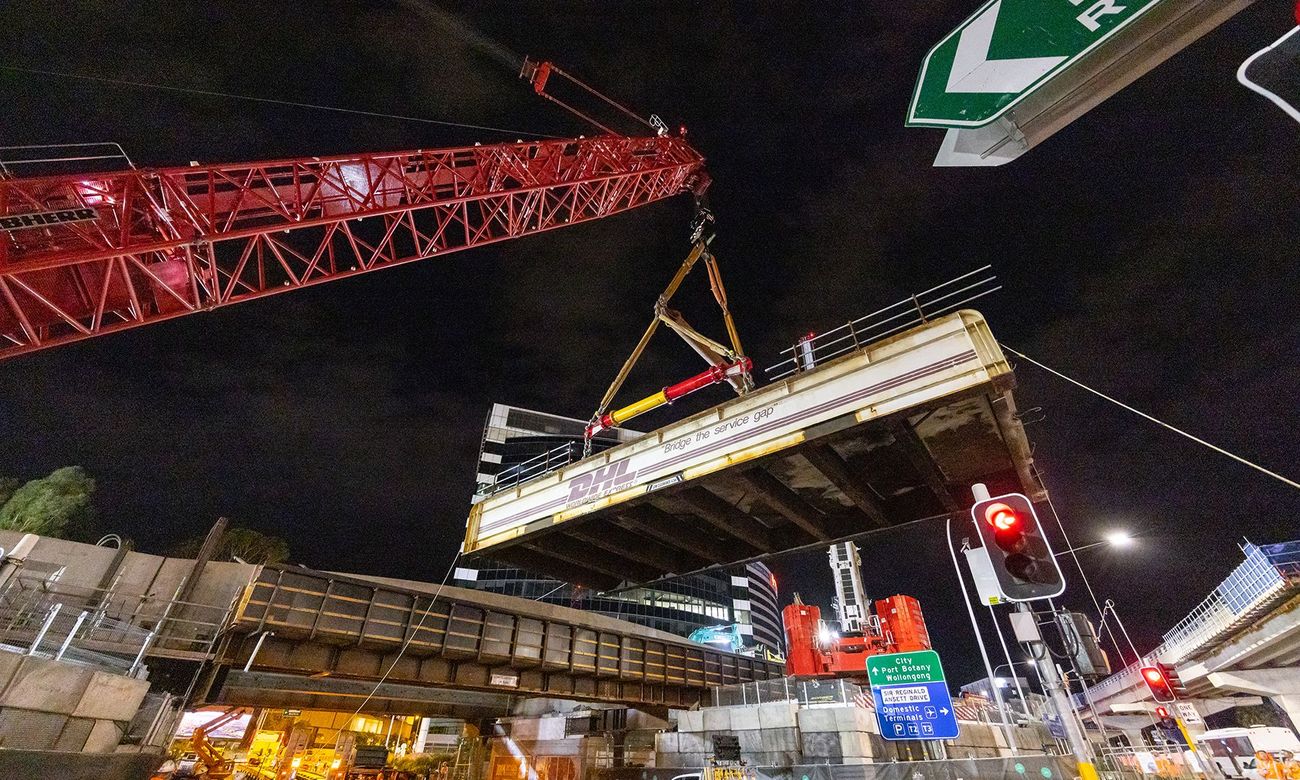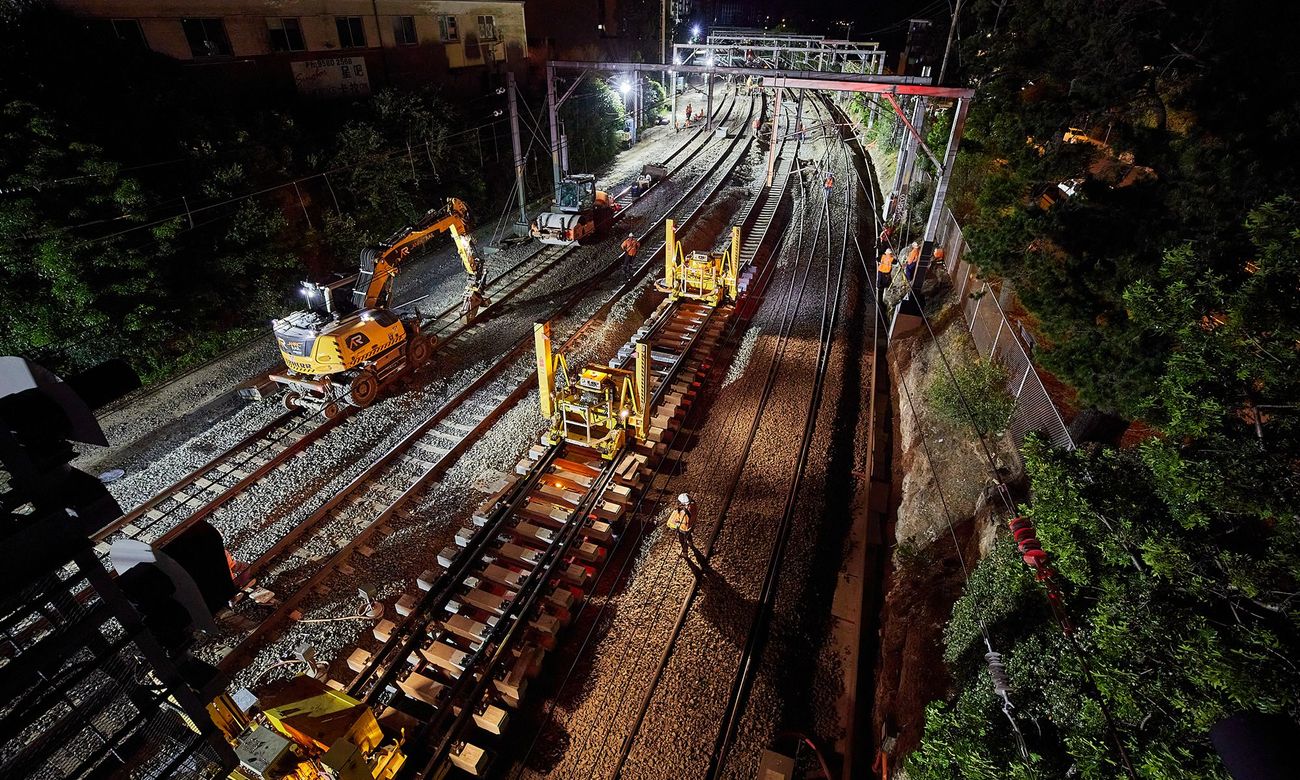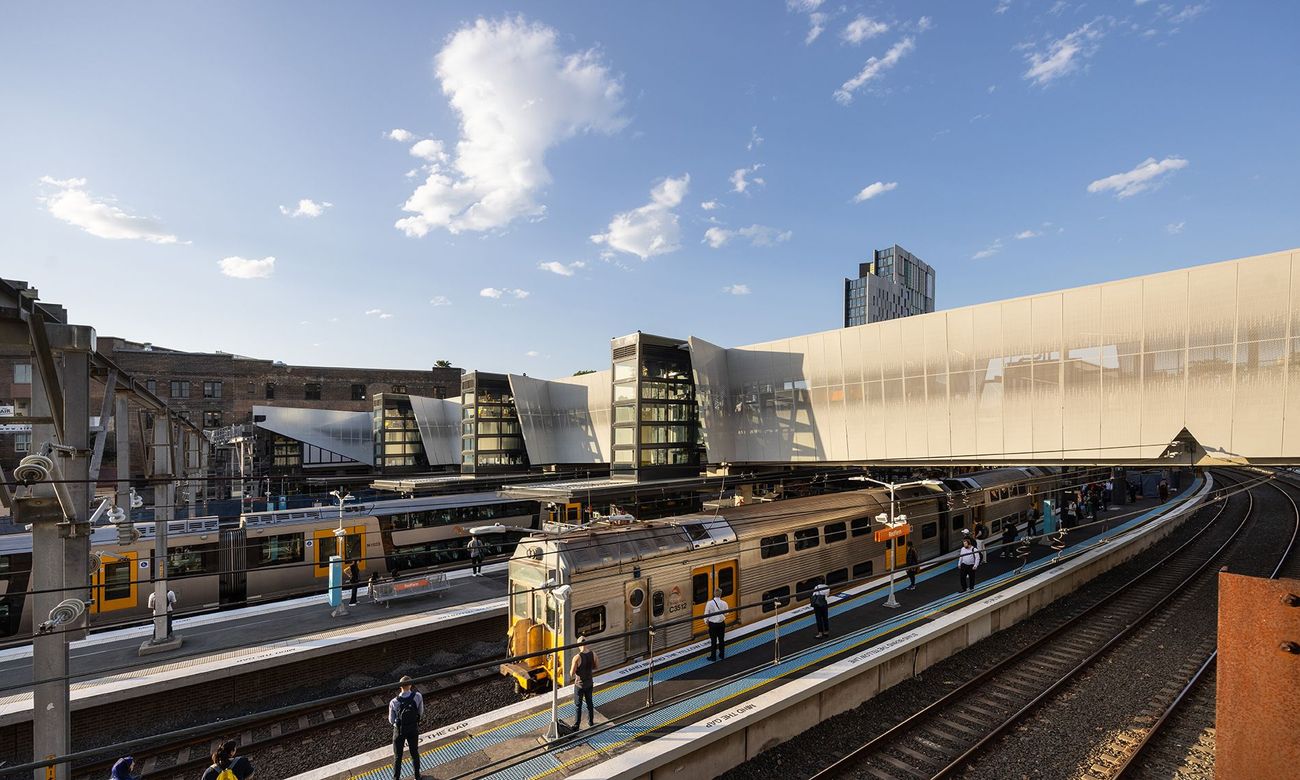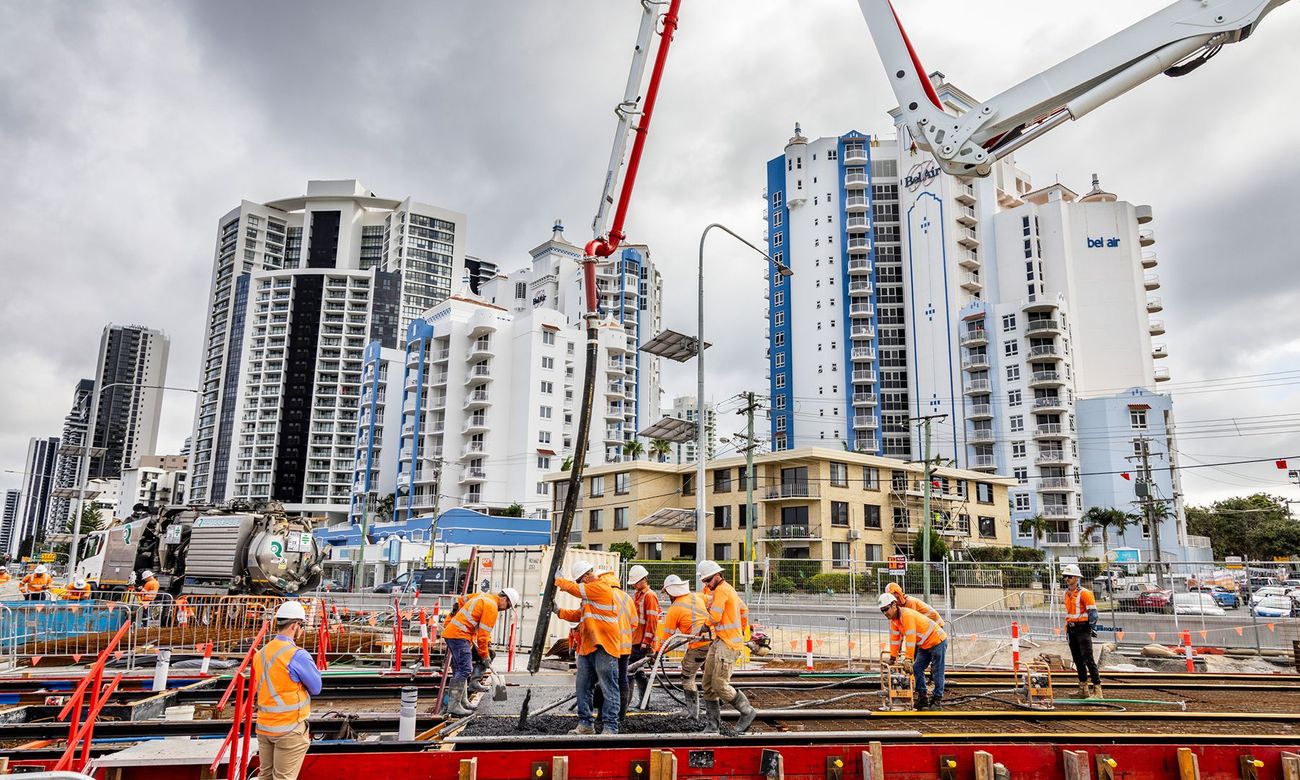
The new Sydney Metro integrated station development at Waterloo, called the Waterloo Metro Quarter, will revitalise the Waterloo precinct and improve community spaces in the inner city for generations to come.
The $900 million mixed-use precinct is a state significant development. The precinct will be the catalyst for the urban revitalisation of Waterloo, sustainable job creation and a truly integrated mix of community facilities, commercial space, and new homes including social and affordable housing.
The Waterloo Metro Quarter development includes four buildings above and next to the station. It includes two high-rise and two midrise buildings in a developable area of just under 70,000 sqm. It will provide a mix of commercial and residential premises and student accommodation.
At least five per cent of homes will be affordable housing and 70 apartments will be set aside for social housing. There will be new community facilities, more trees planted, retail and office space and two new public plazas at Cope Street and Raglan Street.
- Customer
NSW Government - Location
Waterloo, Sydney, New South Wales - Specialisation
Future cities
Property - Start
2020 - End
Station opens in 2024
